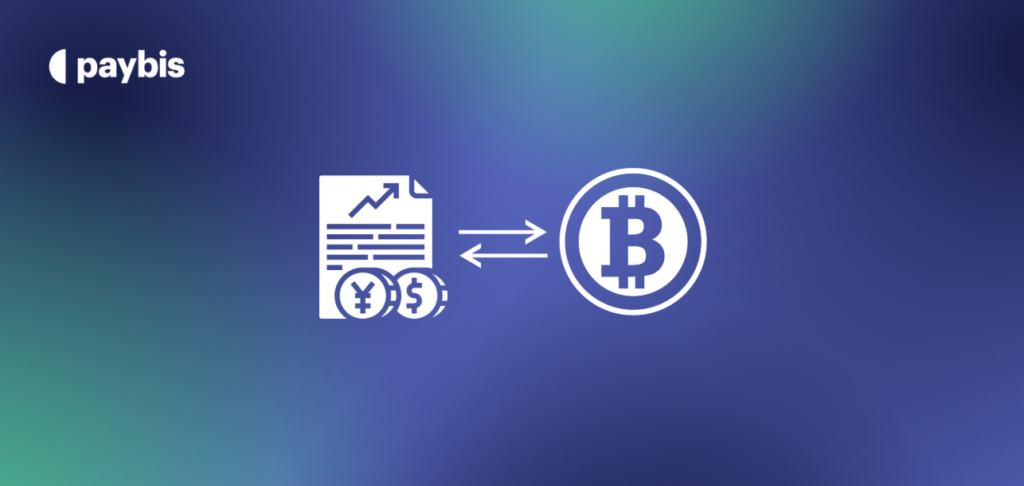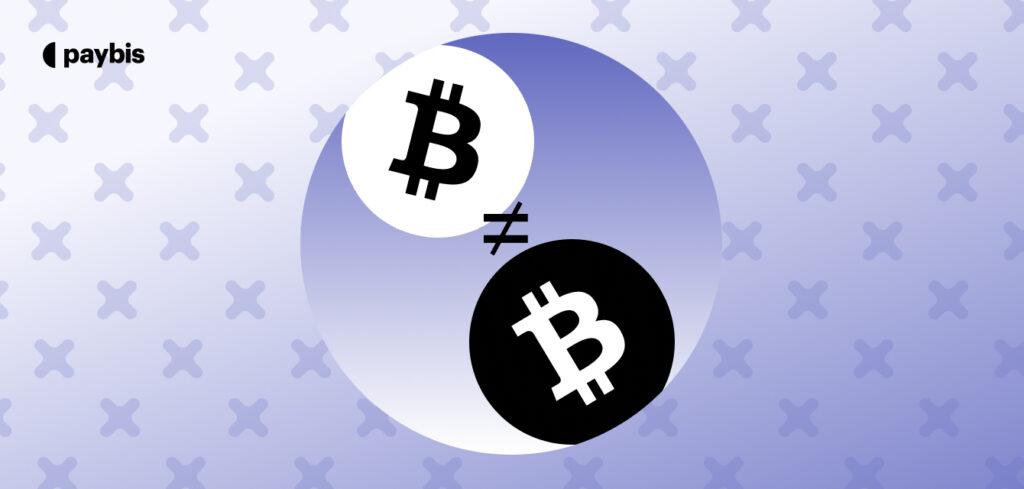Market Capitalization
Market capitalization, or “market cap,” is the total value of a cryptocurrency, calculated by multiplying its price by the circulating supply. It’s used to rank crypto assets by size and popularity, but doesn’t always reflect risk or utility.
Table of contents
What is Market Capitalization?
Market capitalization, often shortened to “market cap”, is the total value of a cryptocurrency within blockchain networks. It’s calculated by multiplying the current price of one coin by its total circulating supply. For example, if a coin costs $10 and there are 1 million coins in circulation, the market cap is $10 million.
This metric helps investors compare the relative size and importance of different cryptocurrencies on various blockchain technology platforms. Higher market caps usually suggest a more established or widely adopted asset, but not always lower risk. The security of these high-value assets often relies on advanced cryptographic keys and digital signatures.
Market Capitalization Background
Market capitalization originated in the traditional stock market as a way to measure the total value of a publicly traded company. It’s been adapted to crypto markets to help traders assess and rank cryptocurrencies within the broader context of blockchain technology.
Bitcoin dominance is extremely apparent as it consistently holds the highest market cap, often referred to as a sign of its dominance and robust blockchain security. Market cap became a popular tool during the early days of crypto tracking sites like CoinMarketCap, which launched in 2013.
Today, it’s one of the most widely used indicators in both traditional and digital finance, influencing cryptocurrency transactions and transaction verification processes.
How is Market Capitalization Used?
Market cap is used to rank cryptocurrencies by size, helping investors quickly see which projects lead the market. Paybis offers helpful resources on how market cap compares to other indicators, like trading volume or liquidity, for a more complete analysis.
It’s also used to spot trends, like rising or falling market caps can signal growing interest or declining confidence in specific blockchain networks. Analysts use it to classify crypto assets like large-cap (e.g., Bitcoin), mid-cap, and small-cap coins. This classification often influences wallet security measures, with investors using hardware wallets or cold storage solutions for high-value, large-cap cryptocurrencies.
Alternative Meanings
In broader finance, market cap applies to stocks and is key for indexing and portfolio weighting. Some also use it as a rough proxy for a project’s perceived value or stability, which can impact the implementation of cryptocurrency security protocols.
The market cap can indirectly reflect the strength of a project’s security measures and advanced security features.
FAQ
Why is market cap important in crypto?
Market cap helps investors understand the scale and popularity of a cryptocurrency within the ecosystem of blockchain networks. A higher market cap often signals that a coin is more established or has broader support.
However, it doesn’t always reflect actual utility or risk. It’s just one of many factors to consider when evaluating crypto projects, alongside aspects like blockchain security and the robustness of cryptocurrency transactions.
How is market cap calculated for crypto?
It’s calculated by multiplying the current price of a cryptocurrency by the total number of coins in circulation. For example, if a token is worth $2 and there are 500,000 tokens, the market cap is $1 million. This gives a snapshot of the asset’s total value on the market.
The calculation doesn’t directly account for factors like transaction verification processes or the security measures implemented by the project.
Is a higher market cap always better?
Not necessarily. While a higher market cap can indicate wider adoption and more liquidity, it doesn’t guarantee better performance or lower risk. Some newer or smaller-cap coins may offer higher growth potential, but they’re also more volatile.
Always consider the full picture, including technology, use case, team, and the strength of their cryptocurrency security protocols. For instance, even high market cap coins require proper wallet security, often best achieved through hardware wallets or cold storage solutions.
What are large-cap, mid-cap, and small-cap cryptos?
These terms categorize cryptocurrencies by market cap size. Large-cap usually means over $10 billion, mid-cap between $1–10 billion, and small-cap under $1 billion. It’s a way to group assets by relative size, similar to how stocks are classified in traditional finance.
Investors often adjust their security measures based on these categories, with large-cap cryptos typically warranting more advanced security protocols and possibly the use of hardware wallets for added protection.
Disclaimer: Don’t invest unless you’re prepared to lose all the money you invest. This is a high‑risk investment and you should not expect to be protected if something goes wrong. Take 2 mins to learn more at: https://go.payb.is/FCA-Info


